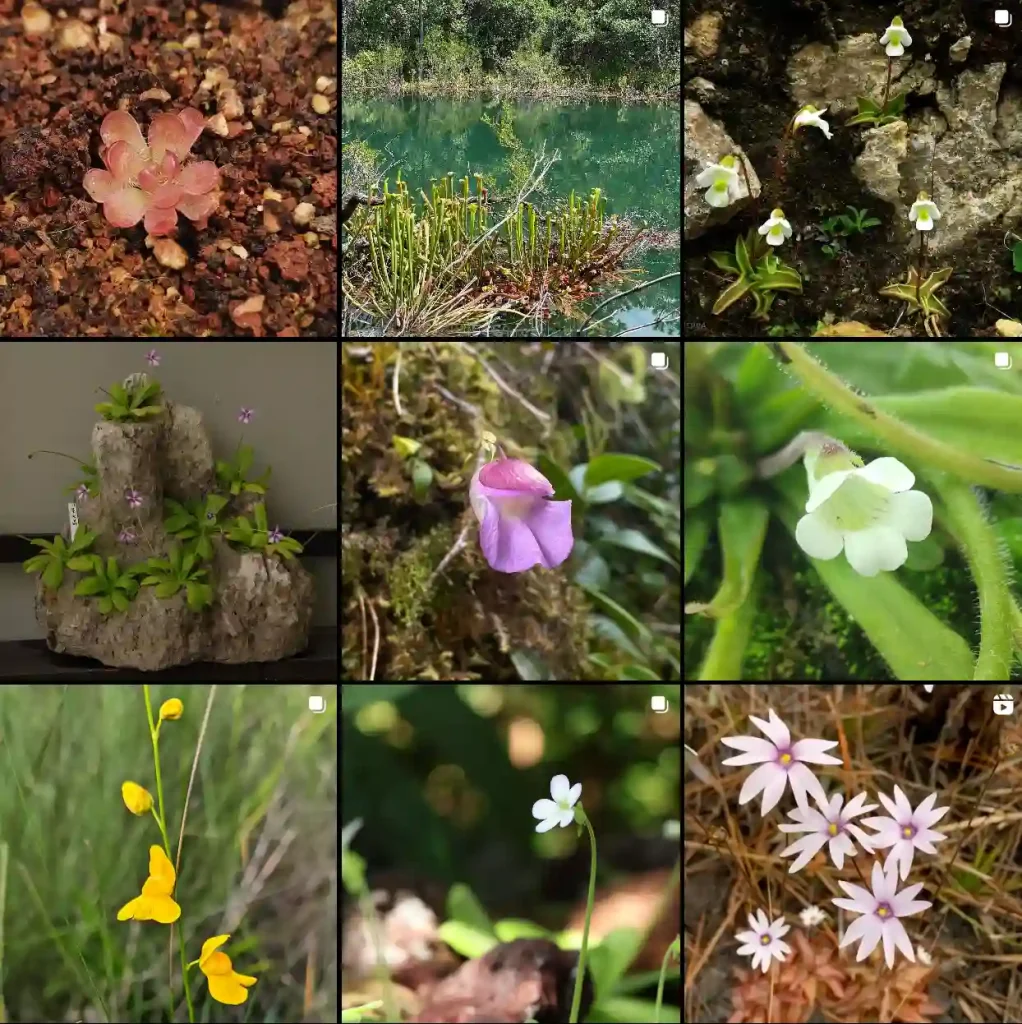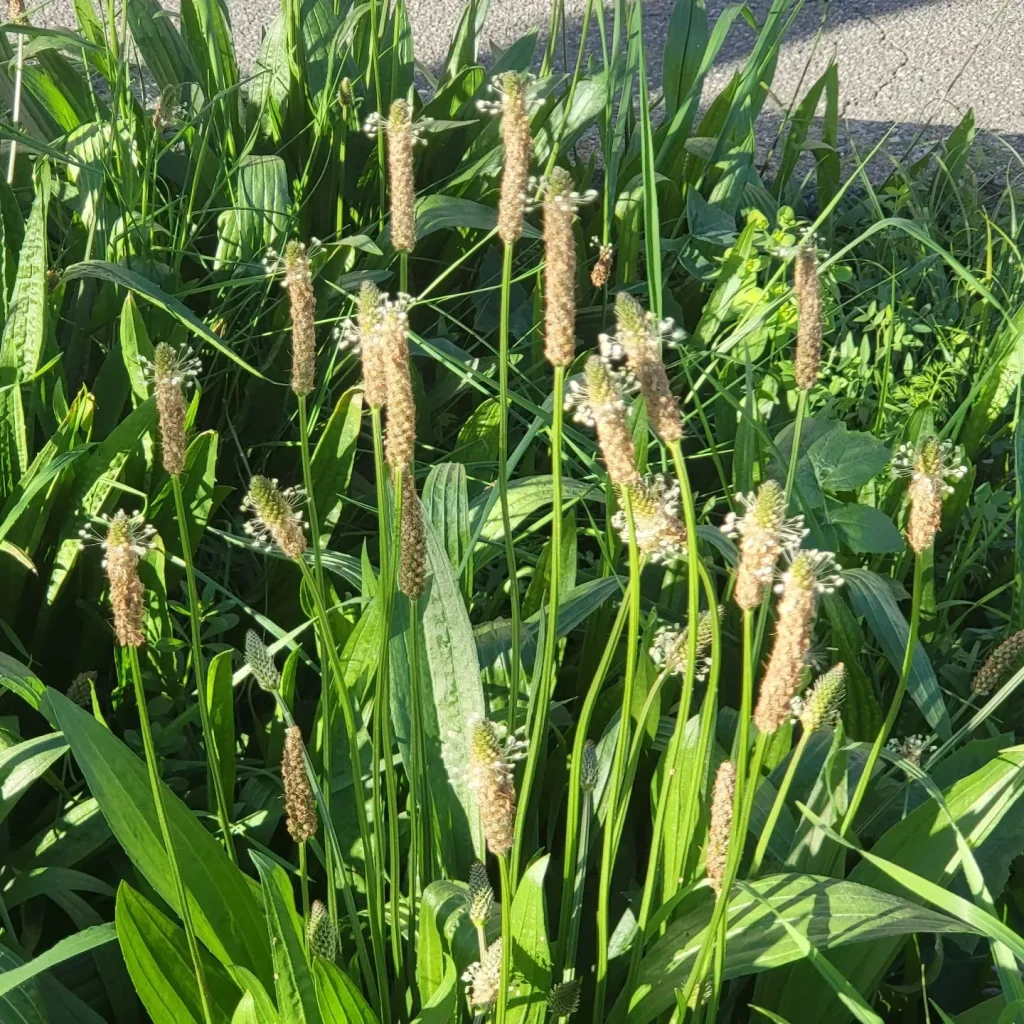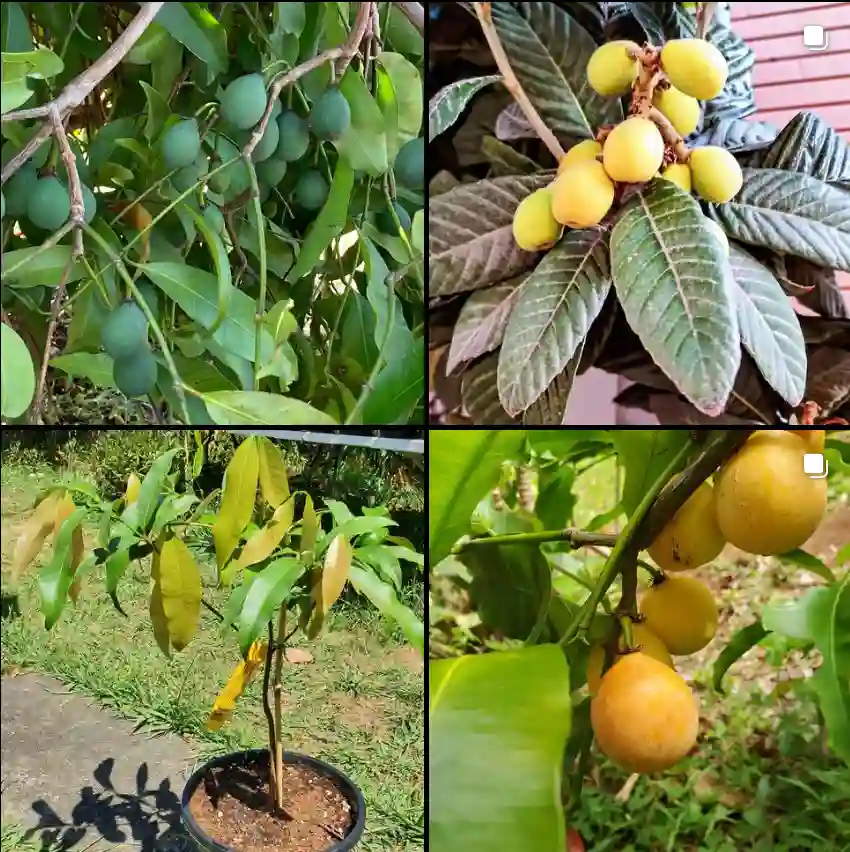FAQs about Avena Fatua
Avena Fatua, commonly known as wild oat, is a fascinating plant that has sparked a lot of curiosity. In this article, I’ll address some of the most frequently asked questions about this species, sharing my personal insights along the way.
33 Species in Genus Avena
What is Avena Fatua?
Avena Fatua is a species of grass belonging to the Poaceae family. It is native to Europe and Asia but has spread to various parts of North America. Wild oats are typically annual plants, growing between 2 to 4 feet tall, with distinctive long, slender leaves and loose, drooping seed heads. These seed heads are a telltale sign of the plant, often featuring a characteristic appearance that sets them apart from other grasses.
How to Care for Avena Fatua?
Caring for Avena Fatua can be quite simple. I’ve found that this plant thrives in well-drained soil and prefers full sun exposure. Here are some tips:
- Soil: Ensure the soil is rich in organic matter. I often mix in compost to improve soil quality.
- Watering: While Avena Fatua is drought-tolerant, consistent moisture helps during its early growth stages. I water them moderately, avoiding waterlogged conditions.
- Fertilization: A balanced fertilizer applied in early spring can promote healthy growth. I’ve used a slow-release fertilizer with good results.
- Weed Management: Since wild oats can be invasive, regular weeding is necessary to control its spread.
How to Propagate Avena Fatua?
Propagating Avena Fatua is straightforward. The plant primarily spreads through seeds, which can be collected in late summer when the seed heads turn brown. Here’s how I usually do it:
- Seed Collection: Wait until the seeds are dry and brown, then carefully cut the seed heads.
- Storage: Store seeds in a cool, dry place until you’re ready to plant.
- Sowing: In spring or fall, sow the seeds in well-drained soil, about 1 inch deep. Keep the soil moist until germination.
What to Plant with Avena Fatua?
Pairing Avena Fatua with complementary plants can enhance your garden’s beauty. I recommend planting it with native wildflowers, such as coneflowers or black-eyed Susans. These plants attract beneficial pollinators while also providing a stunning contrast to the tall grasses.
Is Avena Fatua Toxic?
One of the common questions I encounter is about the toxicity of Avena Fatua. Fortunately, wild oats are not considered toxic to humans or pets. However, they can be harmful to livestock if consumed in large quantities due to potential digestive issues. I always ensure my garden is monitored for any unusual animal behavior when wild oats are present.
Benefits of Avena Fatua
Avena Fatua has several benefits that I’ve personally appreciated.
- Soil Erosion Control: The deep root system helps stabilize soil and prevent erosion, especially on slopes.
- Wildlife Habitat: This grass provides shelter and food for various wildlife species, making it an excellent addition to a biodiversity-friendly garden.
- Ornamental Use: The unique appearance of Avena Fatua can add an ornamental touch to landscapes. I often use it in naturalized areas of my garden.
Common Problems with Avena Fatua
While Avena Fatua is relatively hardy, it does face some challenges. Here are a few issues I’ve encountered:
- Invasiveness: In some regions, wild oats can become invasive. I keep an eye on their spread and remove any unwanted plants.
- Pests and Diseases: Though not commonly affected, wild oats can suffer from pests like aphids or diseases like leaf rust. Regular monitoring helps catch these issues early.
Comparing Avena Fatua with Similar Plants
Avena Fatua is often confused with other grass species, like Avena Sativa (domestic oat). Here’s a quick comparison:
- Avena Sativa: This is the cultivated variety used for food production, while Avena Fatua is a wild species often considered a weed in agricultural settings.
- Other Grasses: Compared to other wild grasses, Avena Fatua is taller and has a more drooping seed head, making it easily identifiable.
Conclusion
Avena Fatua, or wild oat, is a remarkable plant that offers numerous benefits while being relatively easy to care for. By understanding its characteristics and addressing common concerns, you can appreciate its role in your garden or landscape. Whether you’re looking to enhance biodiversity or simply enjoy its unique beauty, Avena Fatua deserves a spot in your planting plans.
If i die, water my plants!



